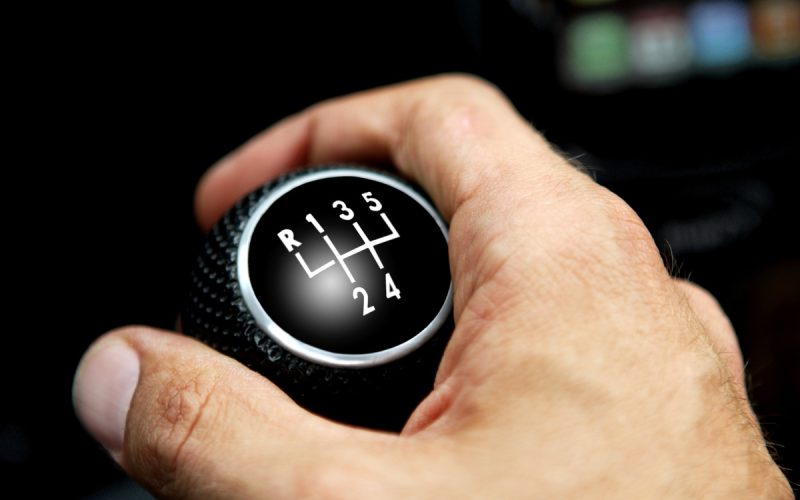When driving a manual transmission, or any kind of car for that matter, drivers must feel certain in the vehicle’s reliability. But if the clutch starts slipping, it can cause major problems while driving and damage the car itself.
If this problem sounds familiar, and you’re wondering why your car’s clutch keeps slipping when changing gears, we can help. In this guide, we’ll explain the common causes of clutch slippage and how to recognize the problem if it crops up in your vehicle.
Common Culprits Behind Clutch Slippage
Clutch slippage is a dangerous phenomenon in a vehicle, but thankfully, it can also be an easy fix. First, you must diagnose the cause of the slippage, and it’s likely one of these culprits below.
Worn Clutch Disc
Your clutch disc bears the brunt of every gear change, and like your favorite pair of jeans, it eventually wears thin. The friction material on the disc gradually deteriorates with use, reducing its ability to grip the flywheel effectively.
Oil and Grease Contamination
If engine oil leaks from the rear main seal or transmission fluid onto the clutch disc, it can create a slippery mess. This contamination acts like butter on a hot pan, preventing the clutch disc from maintaining proper contact with the flywheel.
Even small amounts of oil can cause significant slippage problems.
Weak Springs
Another reason your car’s clutch may keep slipping when changing gears is that the springs are too weak. The pressure plate springs that hold your clutch system together can weaken over time or break completely.
These springs provide the clamping force necessary to keep the clutch disc pressed against the flywheel. When these springs fail, your clutch loses its grip.
Recognizing the Problem of Clutch Slippage
There are plenty of signs your hydraulic clutch needs attention. The most obvious symptom is engine RPM increasing without corresponding acceleration—your engine will sound like it’s working harder while your car moves slower.
A simple test can confirm clutch slippage: park on level ground, engage the parking brake, start the engine, and slowly release the clutch in first gear while giving it some gas. A healthy clutch should stall the engine immediately. If the engine continues running or takes several seconds to stall, your clutch is slipping.
Preventing Future Clutch Problems
Your driving habits correlate directly with clutch longevity. Avoid riding the clutch pedal, which keeps the clutch partially engaged and accelerates wear.
Learn to shift smoothly without excessive slipping, and don’t use the clutch to hold your car on hills—that’s what the parking brake is for. Also, have your mechanic inspect the clutch system during routine service appointments, and address any oil leaks promptly before they contaminate the clutch disc.
Time To Take Action
Clutch slippage won’t improve with wishful thinking or aggressive driving. Whether you’re dealing with worn components, contamination, or adjustment issues, addressing the problem promptly saves money and prevents complete clutch failure at the worst possible moment.
Don’t let clutch problems keep you from hitting the road. Discover what’s ailing your clutch and fix it immediately to change gears with confidence yet again.

